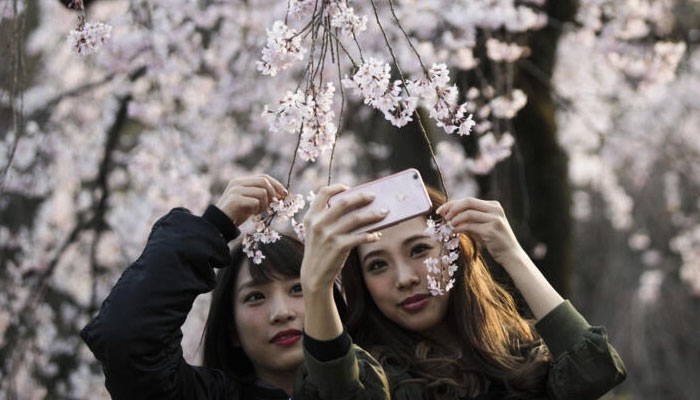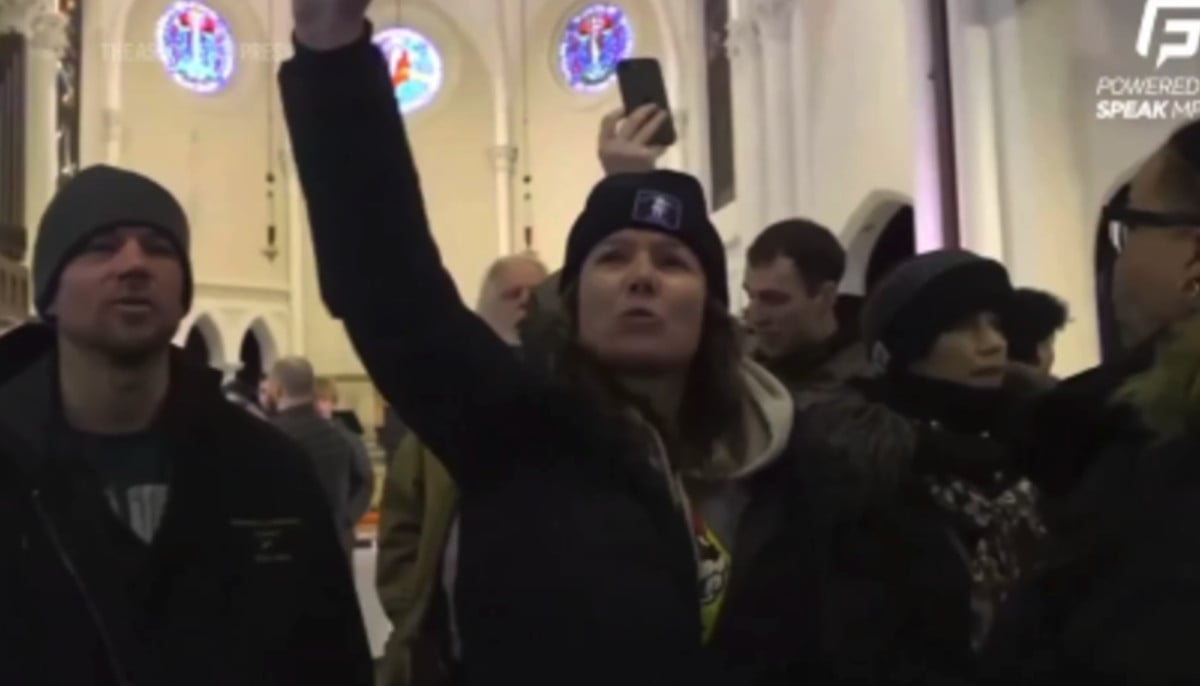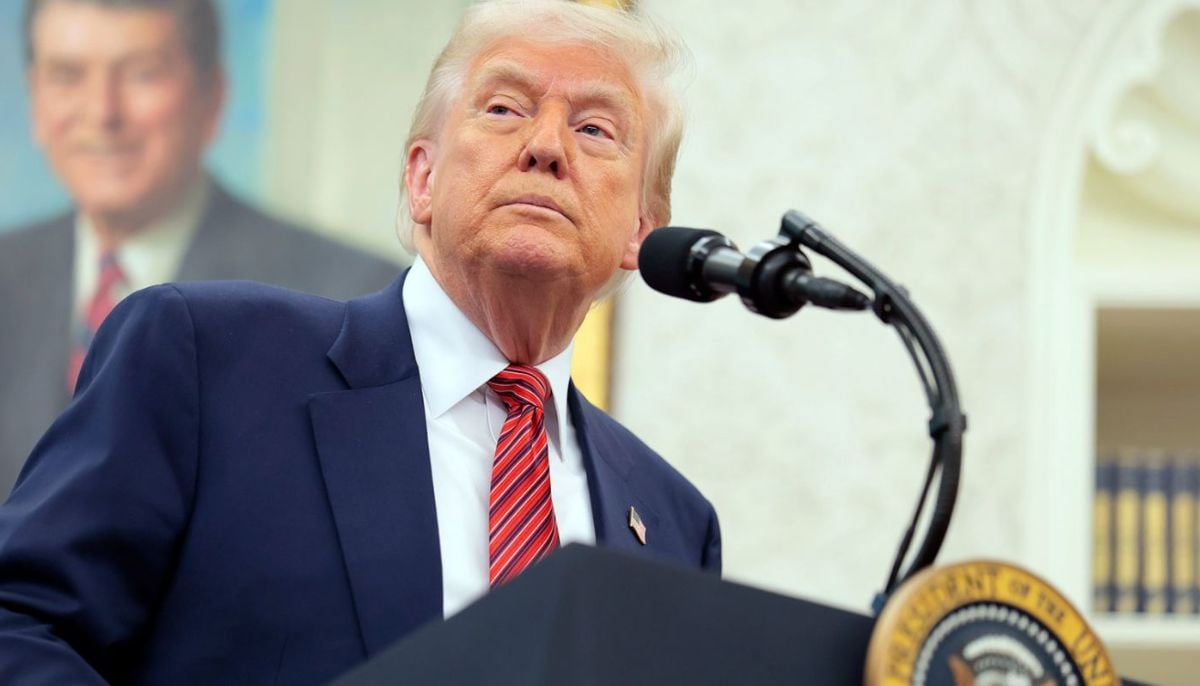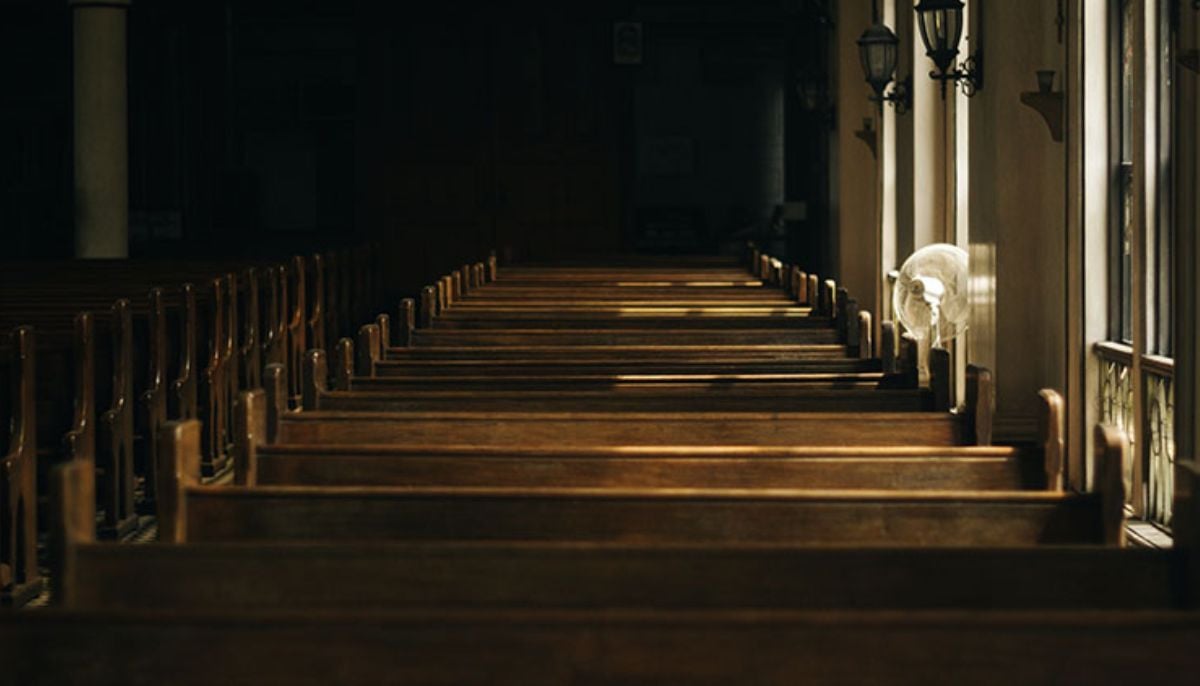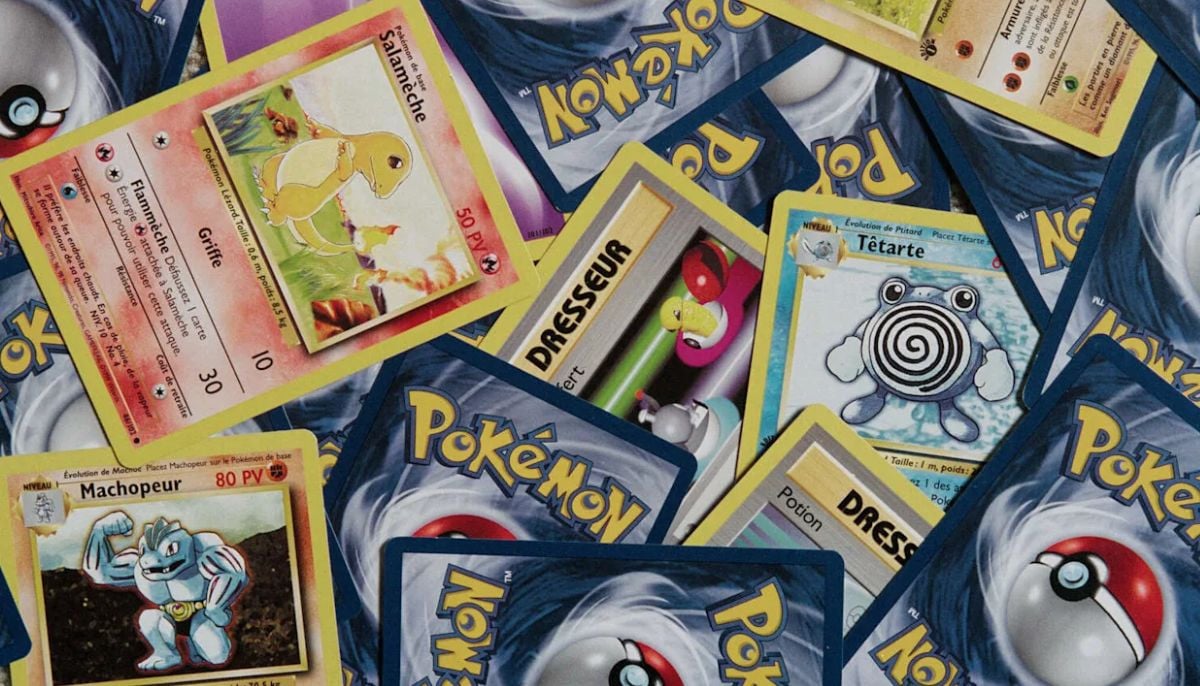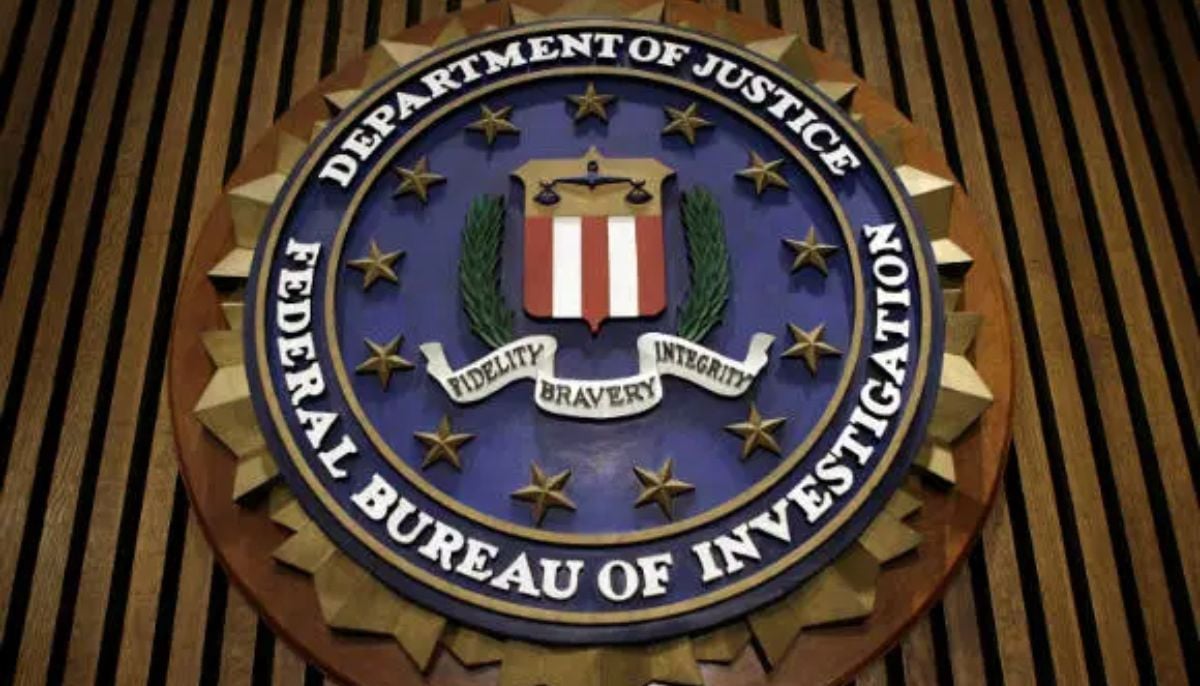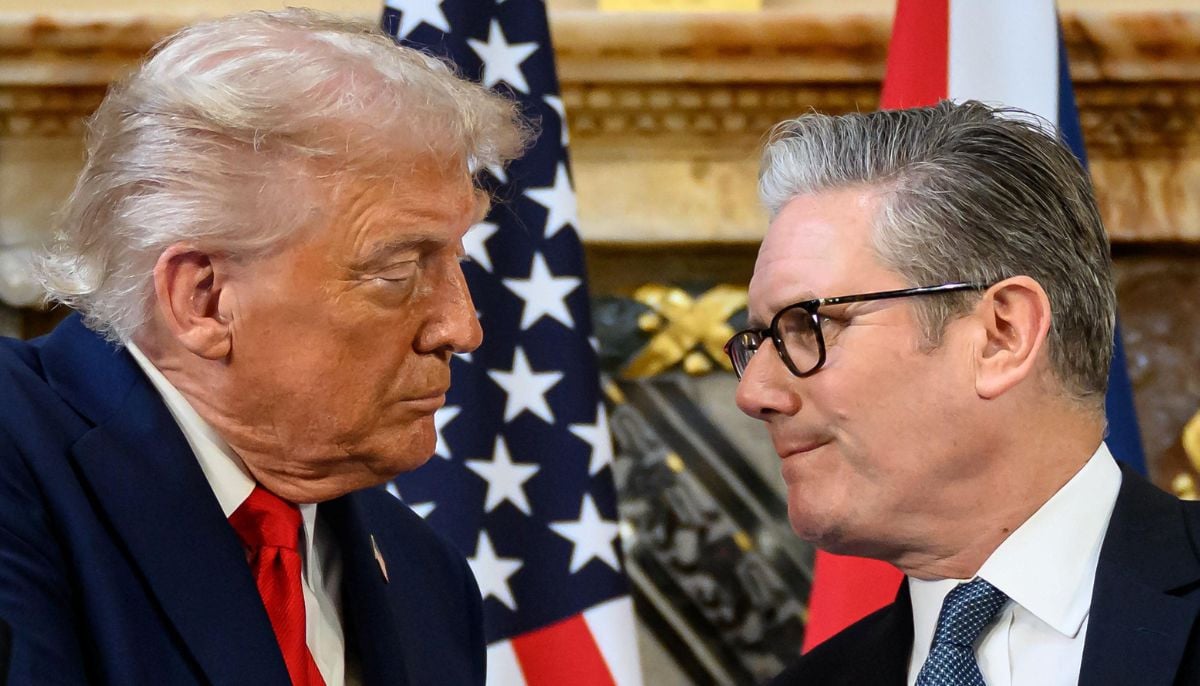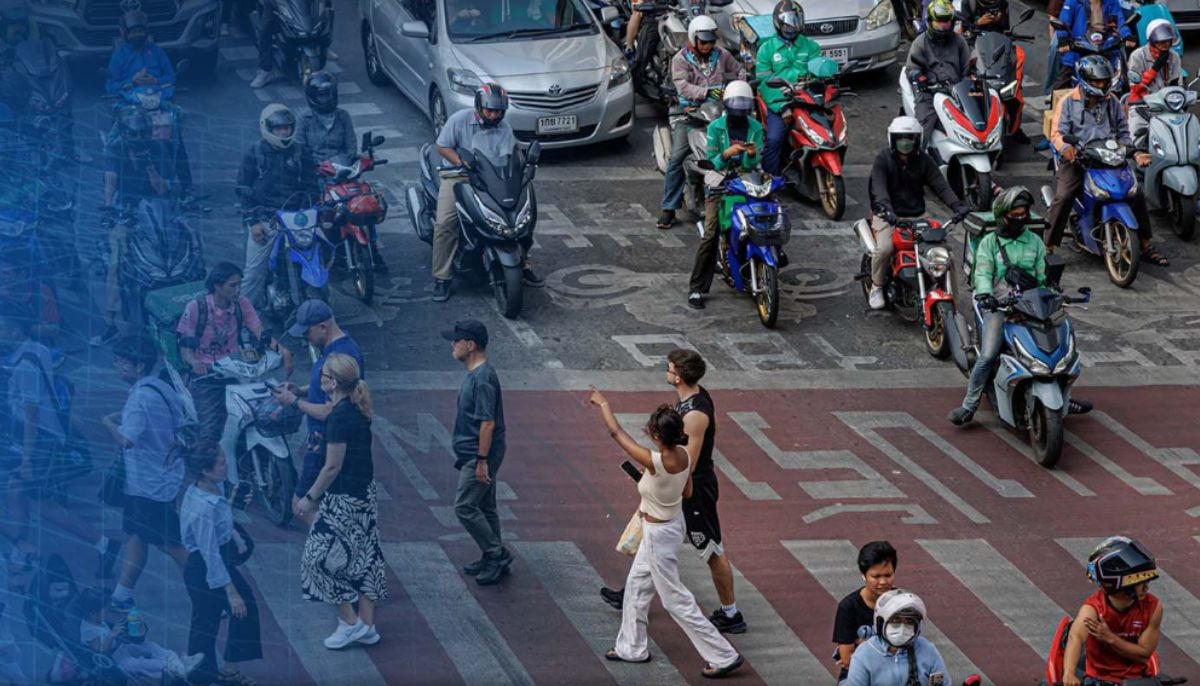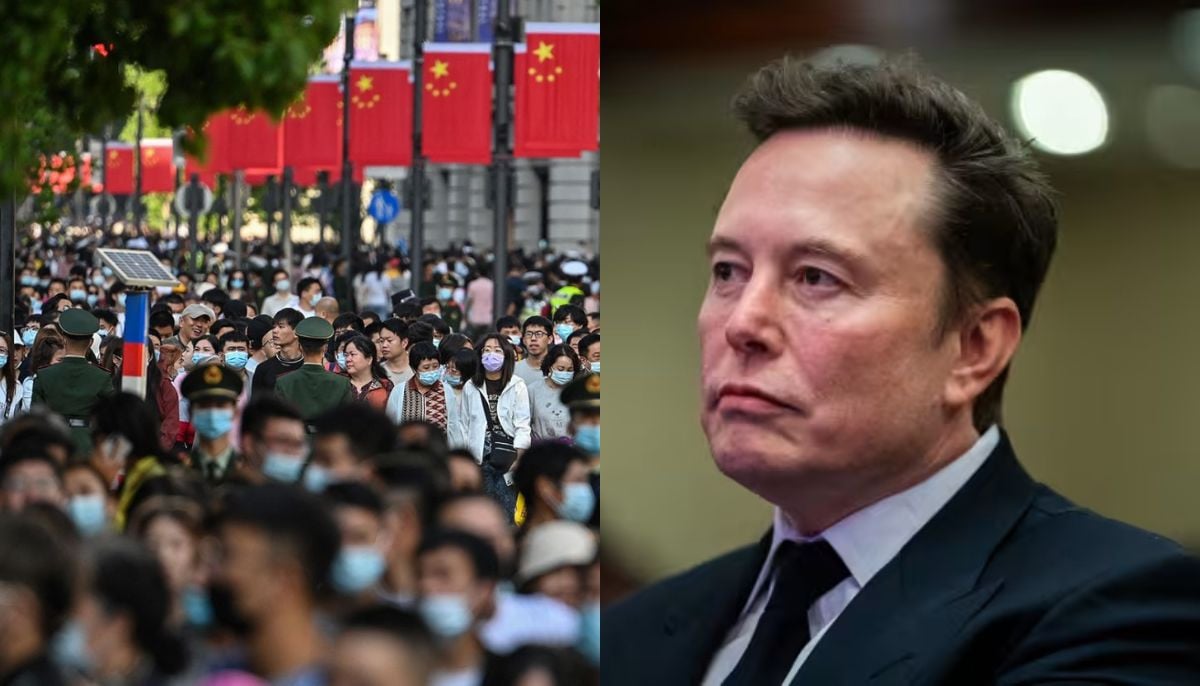Cherry blossoms blooming early: a sign of changing climate worldwide
Early blooming of cherry blossoms raises alarm as climate change has its toll worldwide
Spring's beloved symbol, the cherry blossom, is blooming earlier than ever. From Tokyo to Washington D.C., these delicate flowers are showing the effects of a warming planet.
Climate change has its toll.
This shift, seen from Tokyo to Paris and Washington DC, is a result of unusually warm weather, which could pose a threat to these beloved flowers.
Cherry blossoms, deeply symbolic in Japanese culture, signify both renewal and the transient beauty of nature. The age-old tradition of hanami, or "flower viewing", has been embraced worldwide, with people flocking to enjoy the stunning spectacle of pink sakura in bloom.
In Japan, predicting the exact moment of peak flowering is serious business. The weather agency has been tracking the blossoming of cherry trees at 84 key locations since 1955. A tree is considered to be in bloom when five or six flowers have opened, and in full bloom when 80% of the flowers have opened.
However, the average start date of the blossom has advanced by 1.2 days per decade since 1953, according to Daisuke Sasano of the Japan Meteorological Agency. For instance, cherry trees in Tokyo that typically began blossoming on March 29 between 1961 and 1990 started to bloom on March 24 between 1991 and 2020. Last year, the blossoms in Tokyo started on March 14, the earliest on record, a phenomenon attributed to "global warming compounded with urbanisation".
The real danger to trees is not overly warm springs, but winters that are not cold enough. The winter frost signals to cherry trees that it's time to wake up and prepare their buds for spring. Without this cold trigger, the trees remain dormant throughout winter, resulting in no flowering in spring due to a lack of buds.
In Washington DC, where 3,000 sakura trees were gifted by Japan in 1912, the cherry blossoms reached their second-earliest peak bloom on record on March 17, almost a week earlier than expected. In 2017, half of DC's Yoshino blossoms were lost due to a late frost in mid-March.
This year, the peak bloom occurred so early that it happened before the official start of DC's National Cherry Blossom Festival on March 20. The northern hemisphere experienced its warmest winter on record from December to February, reducing the exposure to the cold weather a tree needs during its winter dormancy to wake up and flower.
In France's Maulévrier Oriental Park, home to Europe's largest Japanese garden, some cherry blossoms even opened over Christmas due to the milder conditions, only to be damaged by subsequent frost. Despite this unusual occurrence, head gardener Didier Touzé has not noticed any significant changes in blooming dates over the years.
-
Drunk driver tries to snatch San Diego deputy’s gun during chase
-
Rare Pokémon cards worth $100k stolen in New York shop robbery
-
Nobel Prize snub hardens Donald Trump's tone on ‘peace’
-
FBI’s most wanted caught after 10 years in Mexico
-
UK Starmer rules out US trade war, calls for ‘calm diplomacy’ over Greenland
-
IMF’s World Economic Outlook: ‘Resilient’ 2026 growth expected amid tariffs & AI boom
-
South Korea, Italy strengthen ties to bolster AI technology, business, defence cooperation
-
Elon Musk shares crucial advice as China’s birth rate hits record low since 1949
